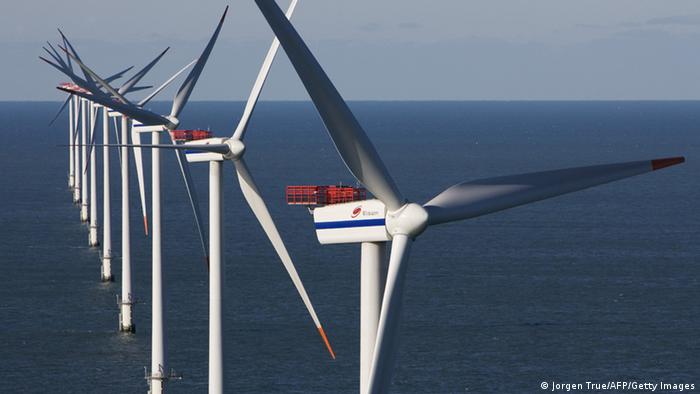
(TheCarConnection)
A major issue for most people is the extremely high gas prices in America. Gas is becoming increasingly unaffordable to drivers and they are searching for solutions to this problem. One major tactic is to buy vehicles with better MPG (miles per gallon). People are steering clear of “gas guzzlers” and opting for more financially sensible cars.
A study released by the University of Michigan on Tuesday said that the average fuel economy on the window stickers of cars and trucks sold last month was 24.9 miles per gallon. That was nearly 5 miles per gallon better than the 20.1 mpg recorded in October 2007, when the university’s Transportation Research Institute began tracking the data (The Ledger). Car companies are striving to improve their MPG technology to draw in customers. They are fully aware that people hate digging deep into their wallets every time they put gas in their cars.
One popular advancement in vehicle technology is the hybrid car. What exactly is a hybrid car? A vehicle is a hybrid if it utilizes more than one form of onboard energy to achieve propulsion. In practice, that means a hybrid will have a traditional internal combustion engine and a fuel tank, as well as one or more electric motors and a battery pack (Edmunds). The highest selling brand of hybrid is the Toyota Prius. The newest model of Prius will get up to 55 MPG, which is incredibly high, due to its more efficient engine, more powerful electric motor-generators, and “advanced battery technology” with higher energy density (almost surely lithium-ion cells) (Green Car Reports).
Cars with high fuel efficiency are also rather affordable. Smart Cars, which get up to around 34 MPG, can be bought for a little over $12,000.00 saving you money at the pump and at the dealership. The sale of Smart Cars continues to increase as oil prices continue to increase. Even with their small size (slightly over eight feet long and less than five feet wide) they have received excellent safety ratings (About).



